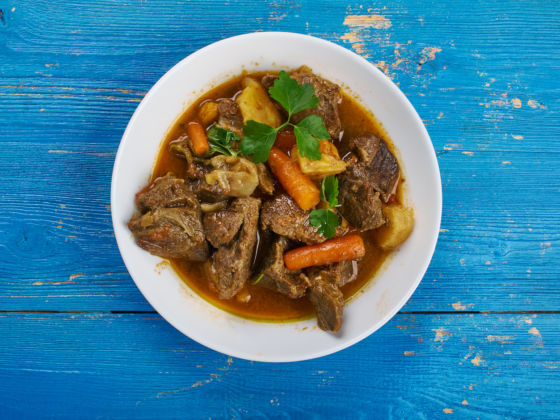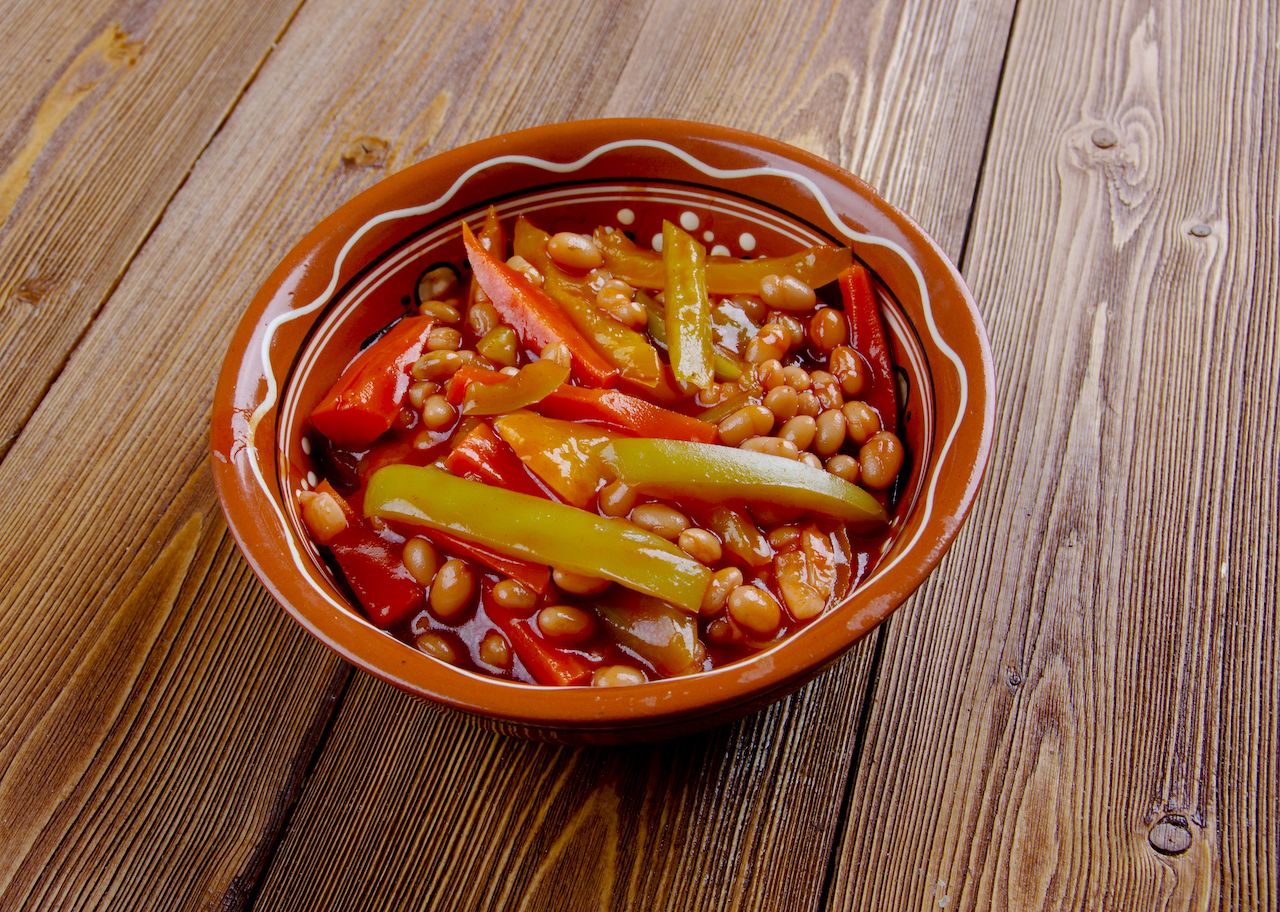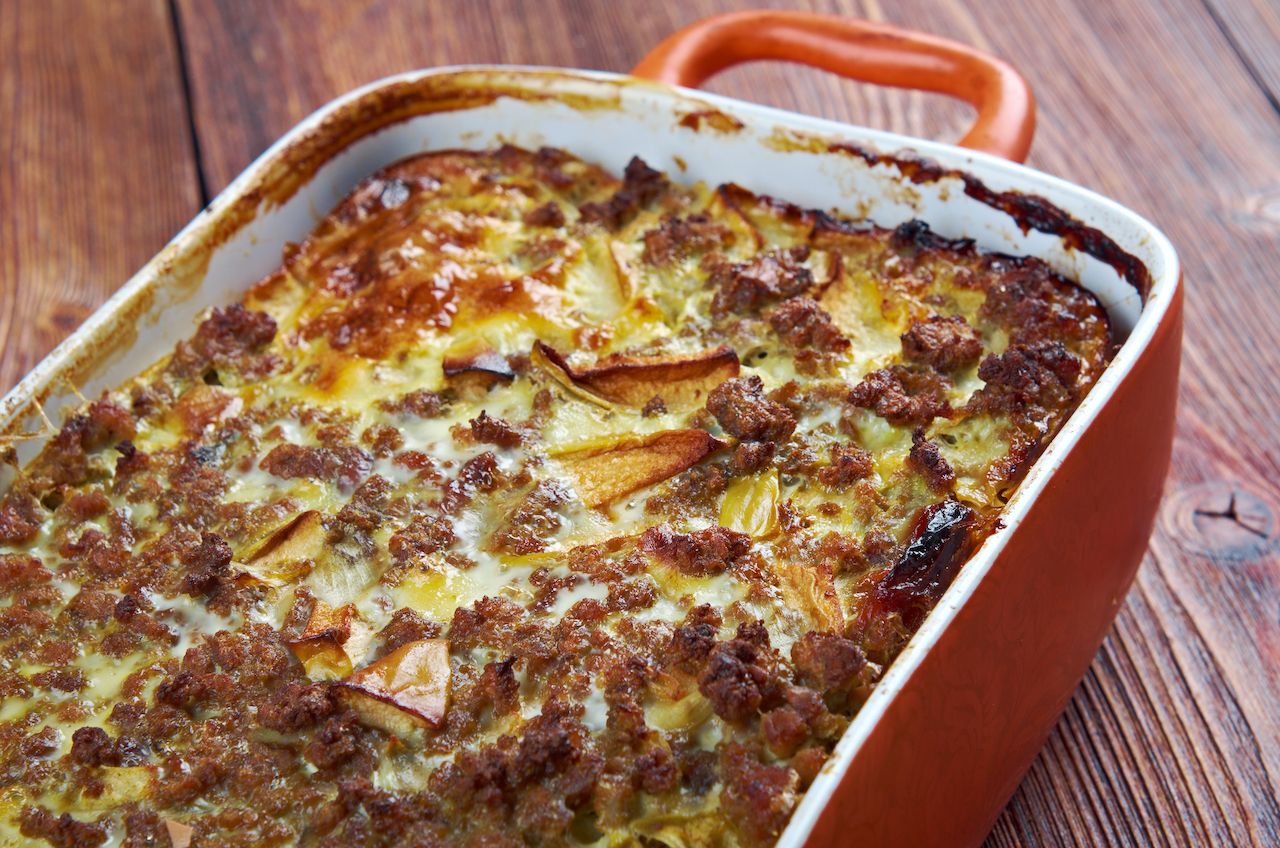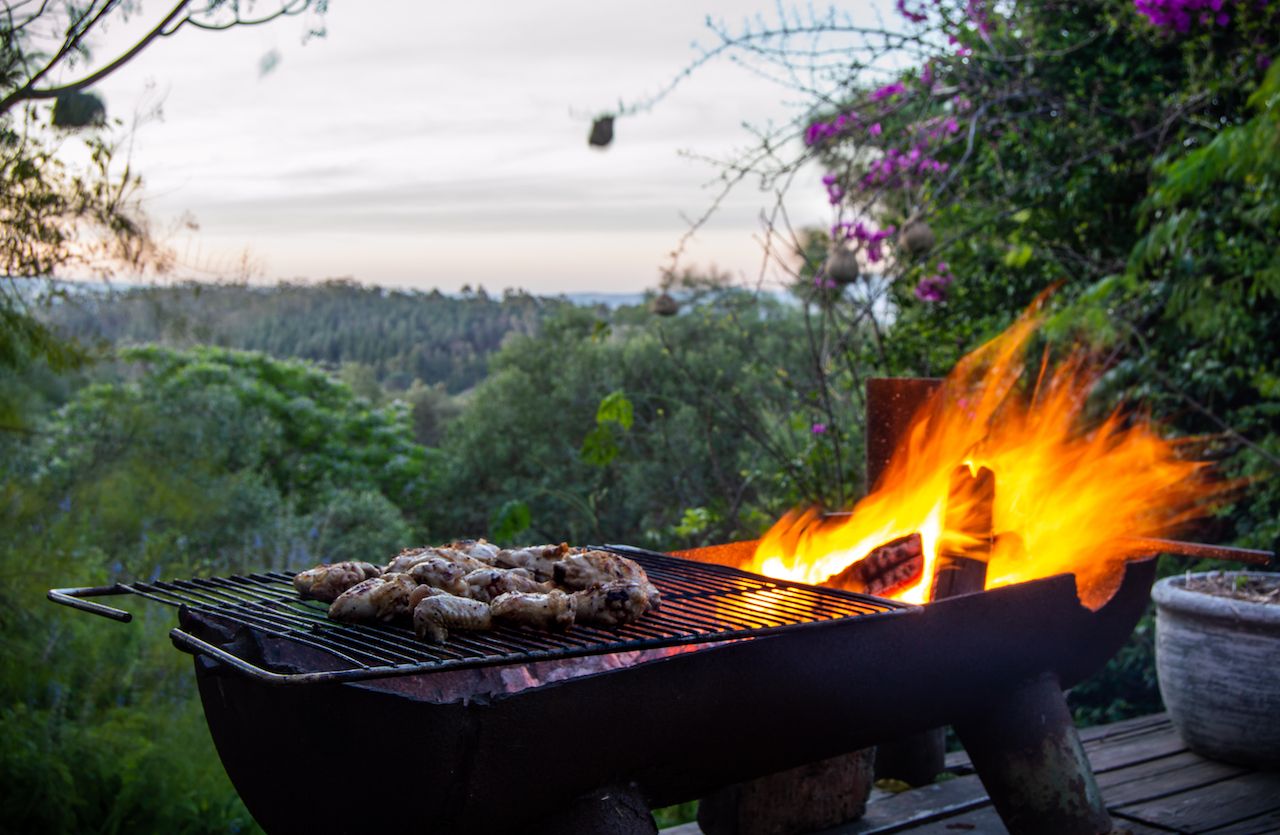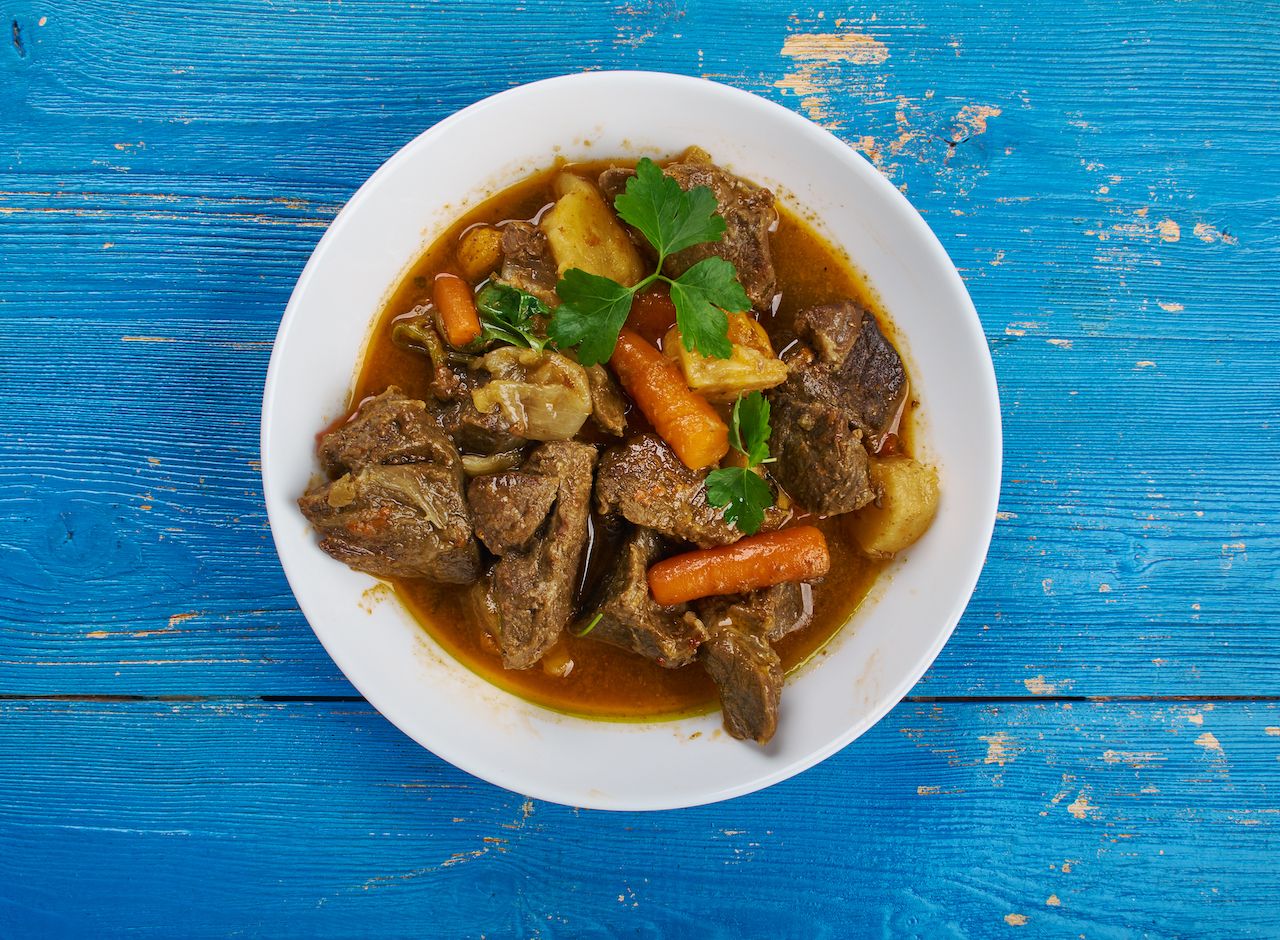Archbishop Desmond Tutu coined the term “rainbow nation” in 1994 to describe post-apartheid South Africa. Today, the country’s colorful culinary scene has flourished, matching its cultural richness.
“We always call ourselves the rainbow nation, and it’s like a rainbow of cuisine,” says Portia Mbau, chef and owner of The Africa Café in Cape Town. “South African food is quite diverse because not only are there Indigenous cultures — Zulu, Xhosa, Pedi, Khoisan — you also have the introduction of the Dutch, the British, the Muslims, the Cape Malay, and the Indian.”
